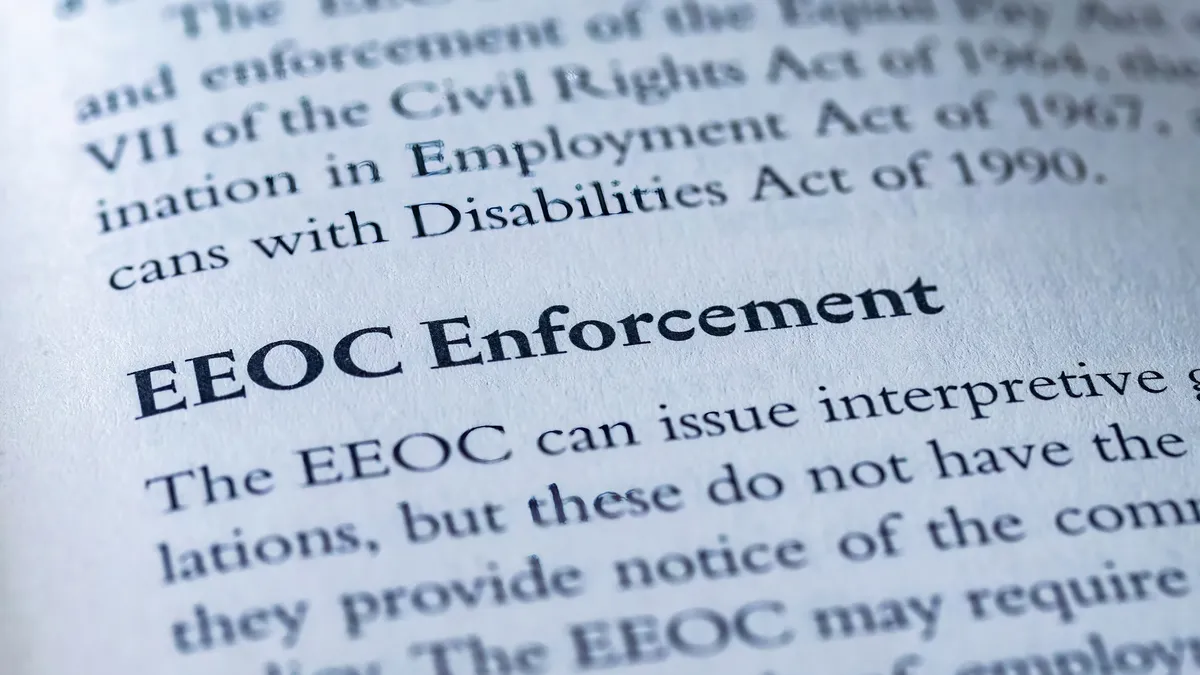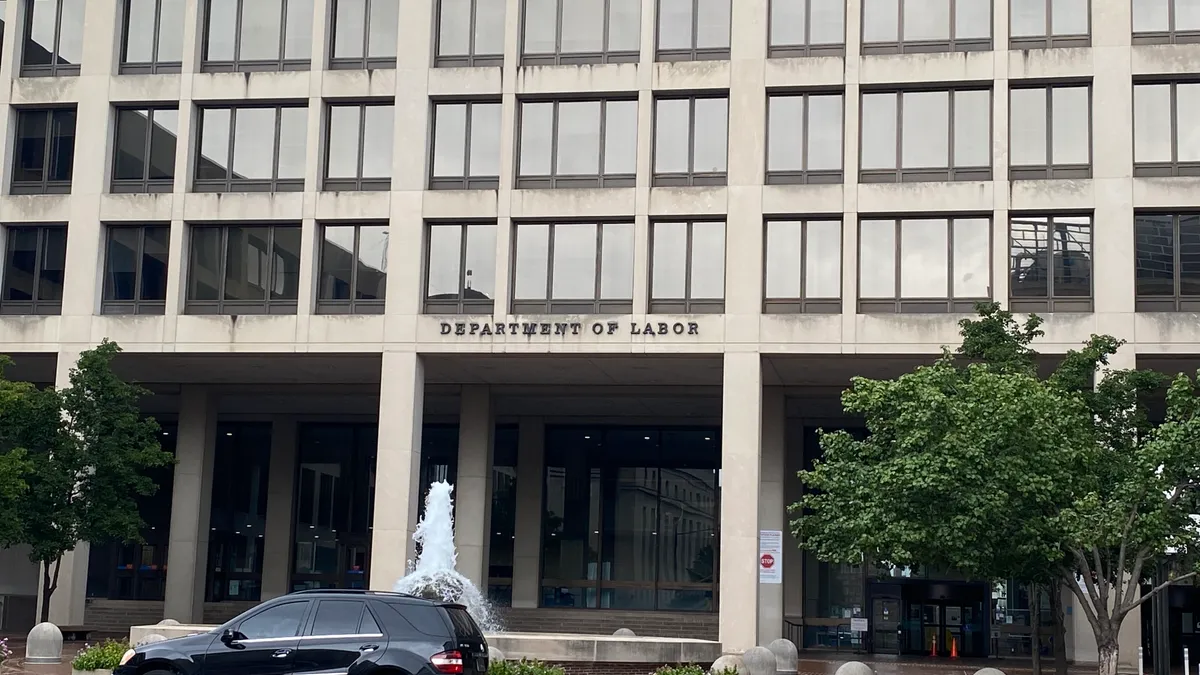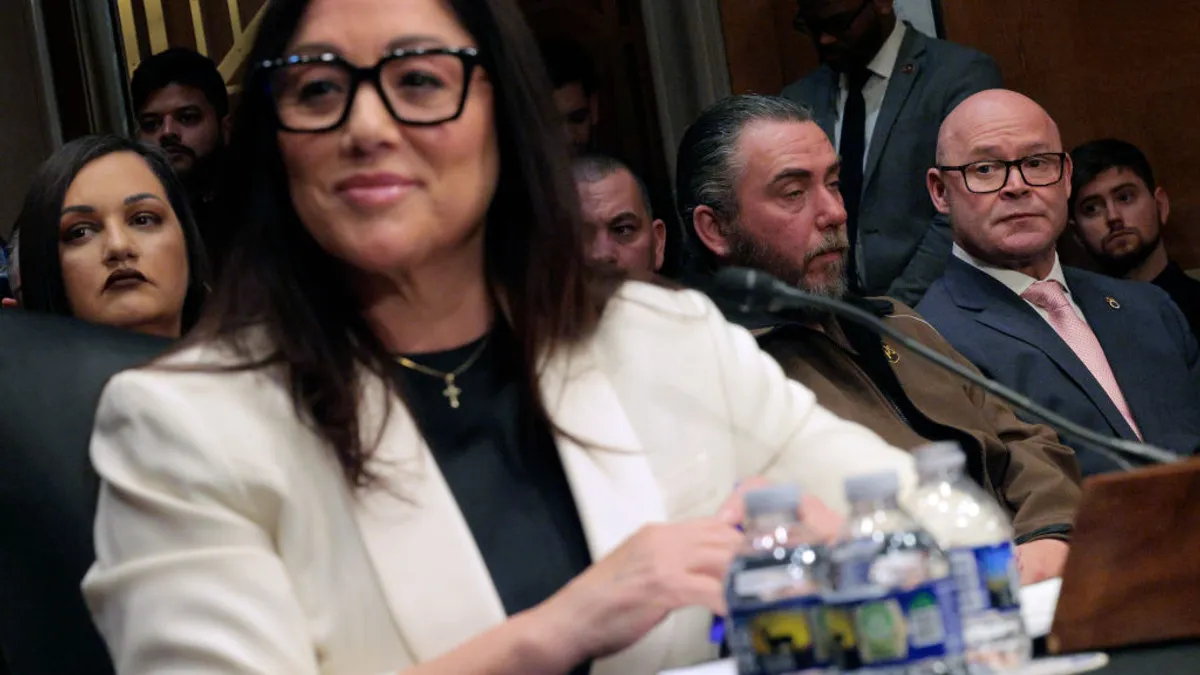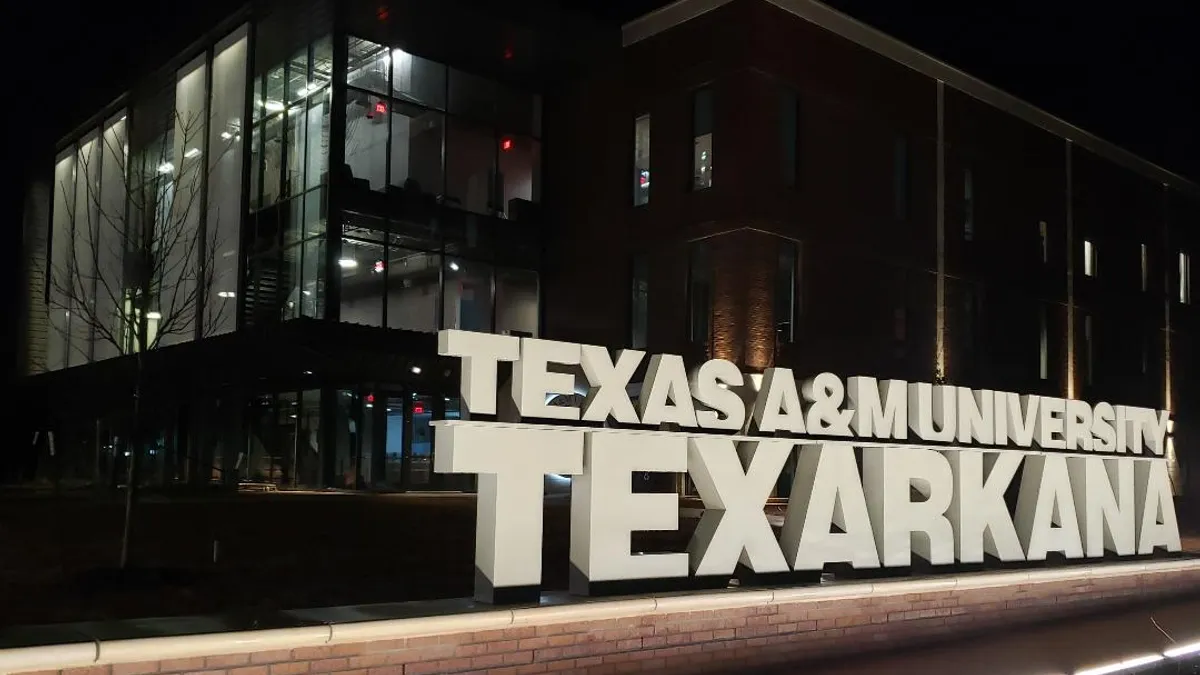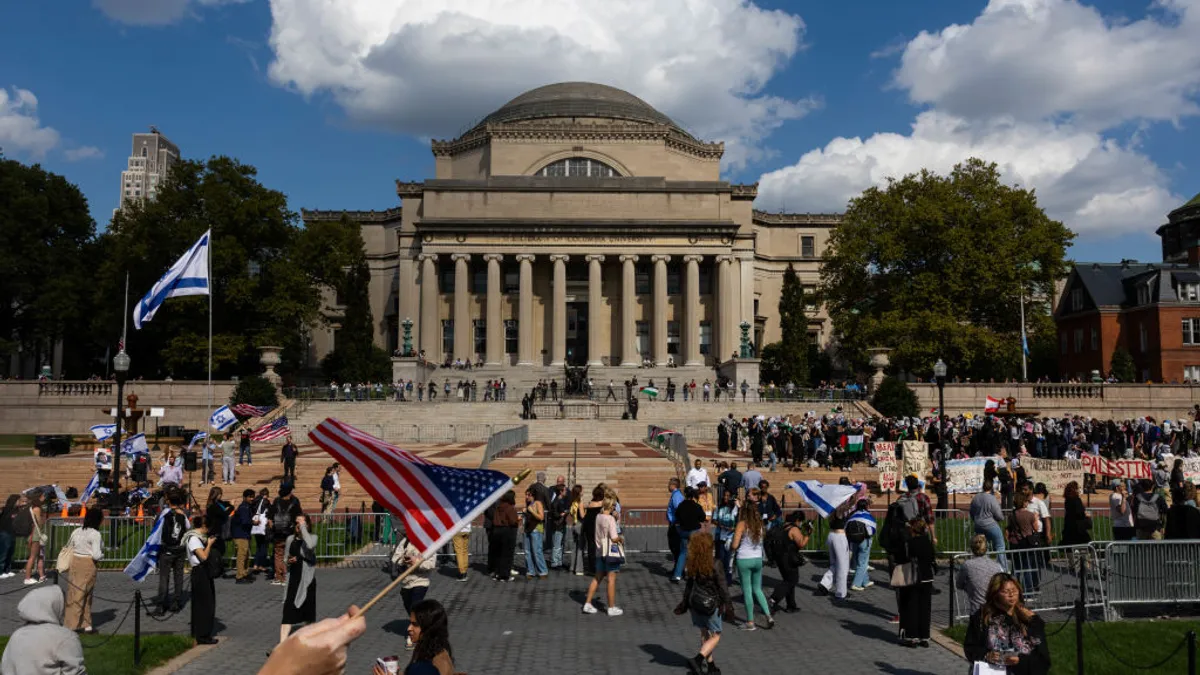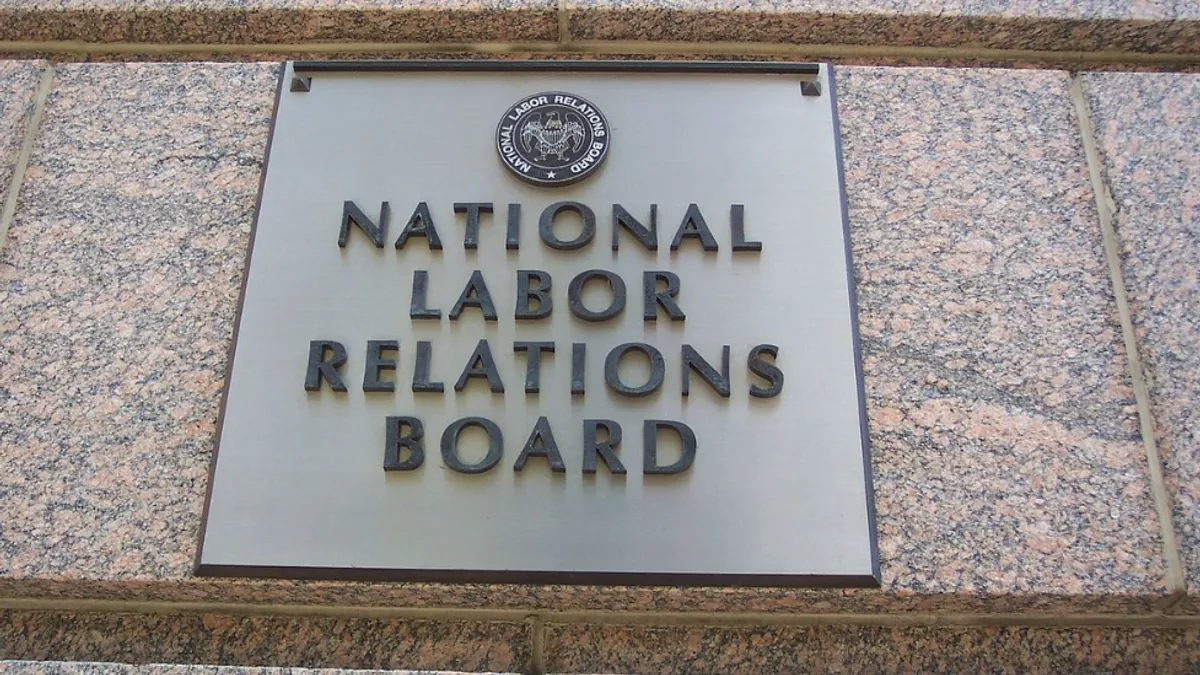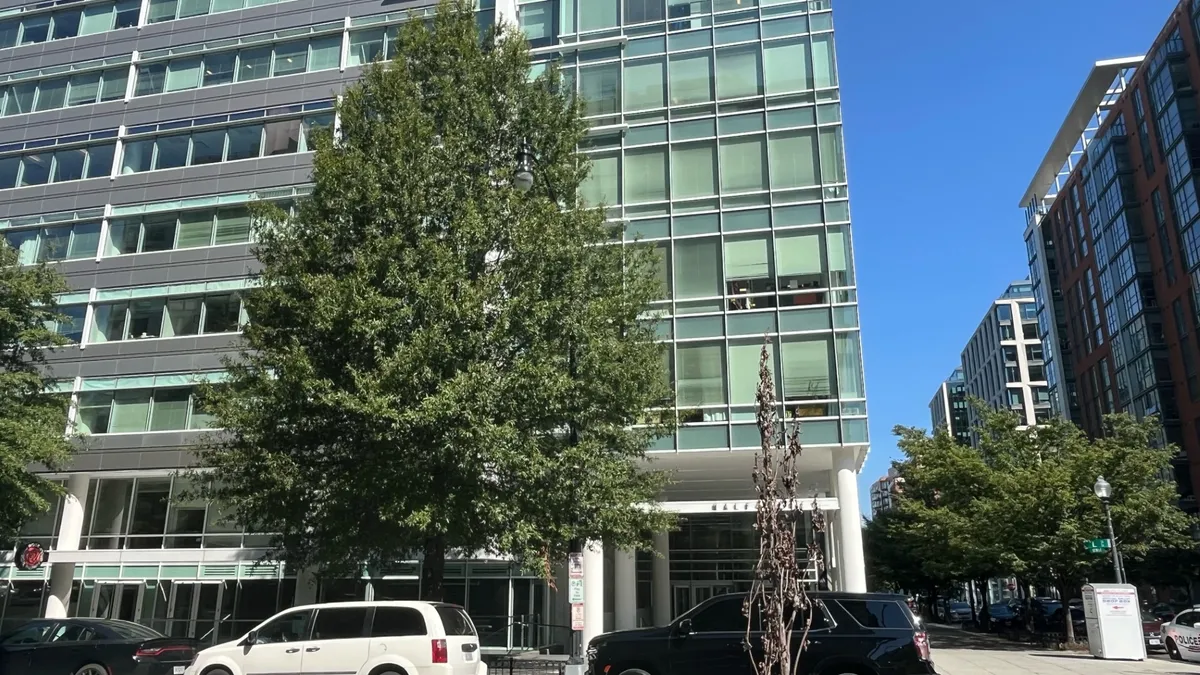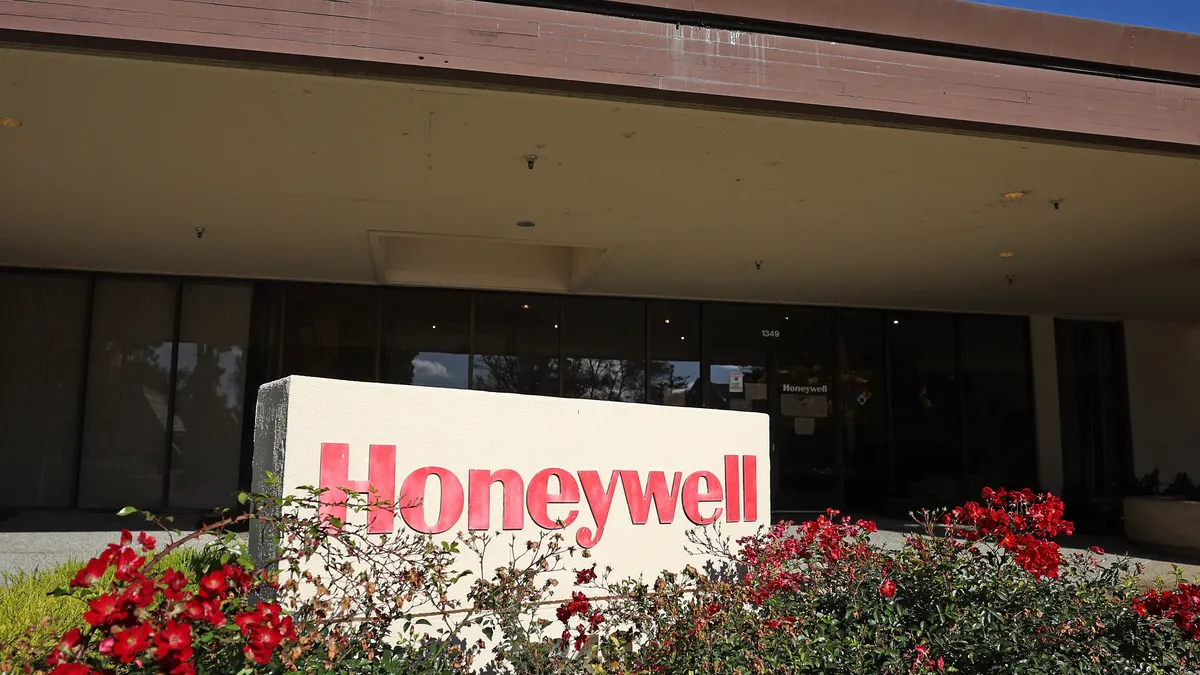Capping a year of hearings and increased scrutiny on sexual and racial discrimination in the construction industry, the U.S. Equal Employment Opportunity Commission issued a report Wednesday laying bare the continued prevalence of hate and bias on building jobsites.
The agency called out the appearance of nooses and hate speech on projects, including references to slavery and lynching, while saying the sector stood out from other industries for the unique and deplorable nature of the biased actions that occurred toward women and workers of color. EEOC received at least 64 charges involving nooses in the construction industry between fiscal years 2015 and 2022, the report said.
“For years, some of the most egregious incidents of harassment and discrimination investigated by the EEOC have arisen in the construction industry,” the report said. “In many instances, men of color and women of all races and ethnicities face hostile work environments based on race, national origin, sex or some combination of these characteristics, on jobsites across the country.”
While acknowledging the efforts of some construction firms to foster a more inclusive work environment for underrepresented people, the 110-page report concluded, “Nevertheless, discrimination remains a substantial barrier to entry, retention and advancement of women and people of color in construction decades after the Civil Rights Act of 1964 outlawed race, sex and national origin discrimination by employers and unions.”
The report broke down the underrepresentation of women and people of color in the sector, noting that women make up 11% of all workers in the construction workforce — including office and clerical positions — and 4% of tradesworkers. Black people make up 7% of construction workers, compared to 13% of the general workforce.
And while U.S. Bureau of Labor Statistics data consistently shows that around a third of construction workers are Hispanic or Latino, the report said that within the industry’s ranks, Black and Hispanic or Latino employees were disproportionately concentrated in lower-paying positions.
A vicious cycle of exclusion
The report said these types of discrepancies between the industry’s 87% White and 89% male workers contributed to a vicious cycle of fewer underrepresented individuals being hired for available positions. For years, the sector has struggled to fill open jobs, the number of which increased by 68,000 in April.
“Harassment is pervasive on many jobsites and poses a significant barrier to the recruitment and retention of women and workers of color in the industry,” the report stated.
It cited a 2021 survey of over 2,600 tradeswomen that found nearly 1 in 4 women reported experiencing near-constant sexual harassment, while 1 in 5 women of color reported always or frequently experiencing racial harassment on the job.
Going beyond its usual focus on civil rights, the agency called out the harassment on jobsites as a workplace safety issue, citing evidence in an academic study that suggested an increased risk of workplace injury for tradespeople who experience harassment.
Finally, the report said that retaliation, while not unique to construction, was a “serious problem” in the industry.
Given the fragmented structure of temporary assignments and subcontracting on jobsites, workers who experience discrimination often don’t know how to report it, while the threat of retaliation poses “a particularly steep barrier for workers seeking to assert their rights and change workplace culture.”
Contractors respond
Brian Turmail, vice president of public affairs for the Associated General Contractors of America, said the industry has been working aggressively to make construction more diverse and inclusive.
He pointed to over 900 of the association’s members — out of a total of 27,000, or around 3% — that had signed onto its Culture of Care inclusion program, as well as digital advertising campaigns that reached traditionally underrepresented communities to encourage people to pursue high-paying careers in construction.
Turmail also highlighted a 2018 paper the association published that made a business case for diversity and inclusion in construction.
He said AGC welcomed the EEOC’s focus on the industry.
“It is encouraging that the EEOC is also now looking into this issue — especially considering its mission — and we welcome them to a conversation and a process that our members are already years into about the best and most effective ways to create a more diverse and inclusive industry,” Turmail said in an email.
Associated Builders and Contractors also said it was onboard with combating the issues outlined in the report.
“ABC and its members oppose violence, coercion, intimidation, racism and the denial of the rights of anyone, by anyone, at any time,” said Greg Sizemore, vice president of health, safety, environment and workforce development at Associated Builders and Contractors.
He said that for more than 20 years, the group’s Inclusion, Diversity and Equity Committee has hosted summits, webinars, resource groups and awards programs to champion a more diverse construction workforce.
“We believe everyone in America should be able to live and work in safe environments free from discrimination, harassment, brutality or lawlessness, and we are eager to share our strategy for developing a more diverse, equitable and inclusive construction workforce,” Sizemore said.
In a step to police themselves, industry stalwarts including Turner Construction, the largest contractor in the country, launched Construction Inclusion Week in 2021 to combat hate on jobsites. A Turner representative said EEOC had not approached the company prior to releasing the report.
A longstanding problem
While construction’s reputation as a racist, White-guys-only club has endured for years, it drew more attention during the social unrest that erupted in the wake of George Floyd’s murder. That year, Construction Dive brought attention to nearly two dozen hate incidents at jobsites nationally.
The EEOC’s report is the culmination of a year of focus on construction by the agency that started in May of 2022, when it held a hearing to look at harassment in the sector. Since then, it has intensified its scrutiny on reports of discrimination at construction firms, and designated the sector as an area of concern in its five-year enforcement plan.
EEOC’s report said its next steps would be to continue to meet with unions, employers and industry groups and develop technical assistance to help ensure fair hiring and equal treatment.
It will provide industry-specific outreach and training on harassment prevention, while continuing to investigate and resolve charges of discrimination and pursuing litigation where necessary in construction.



